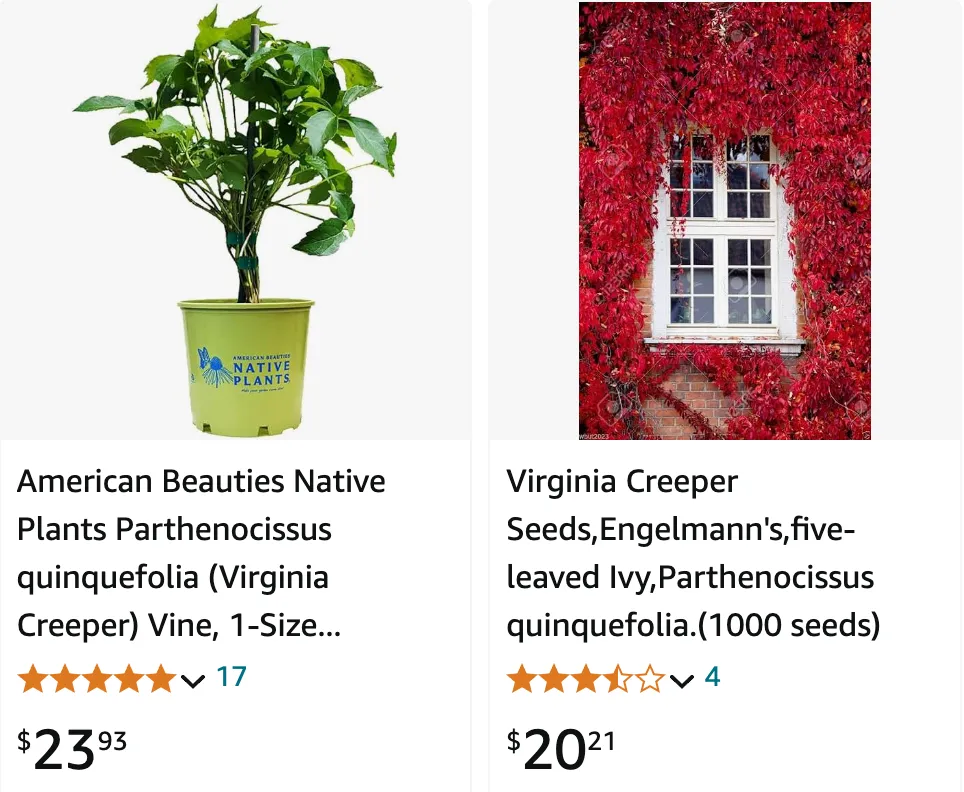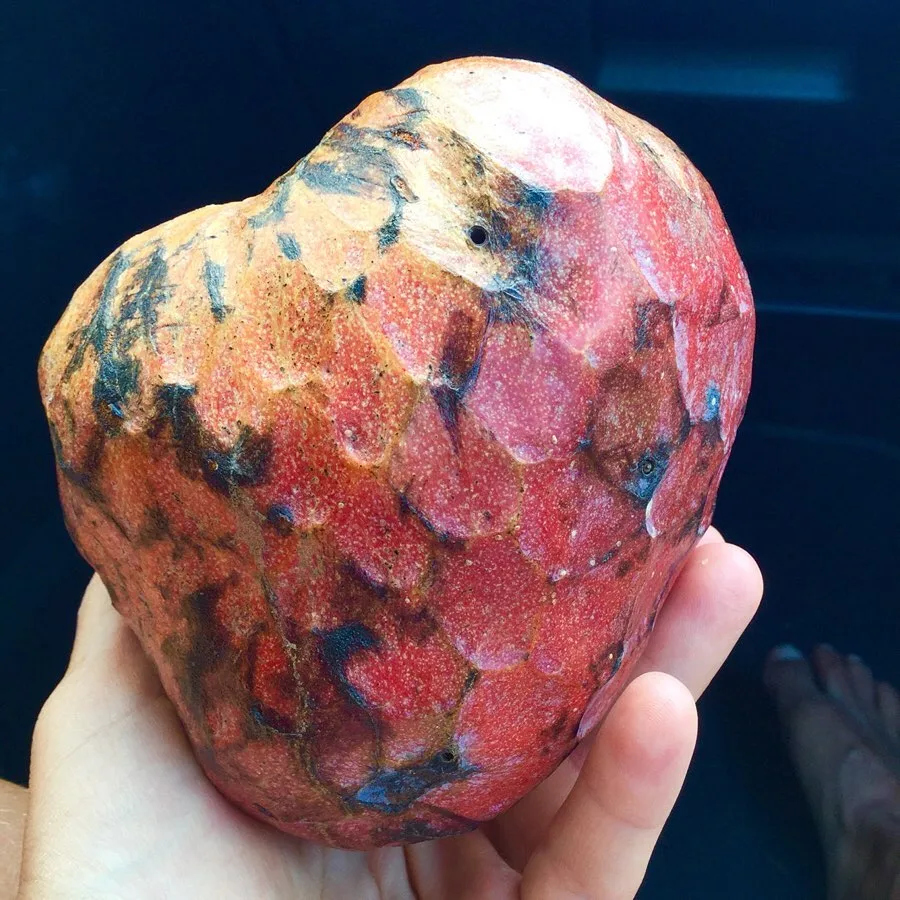
FAQs About Virginia Creeper
Virginia Creeper is a fascinating plant that has intrigued many gardeners and nature enthusiasts. Here, I’ll address some frequently asked questions about this versatile vine and provide insights based on my experiences and knowledge.
13 Species in Genus Parthenocissus
What is Virginia Creeper?
Virginia Creeper (Parthenocissus Quinquefolia) is a vigorous, deciduous vine known for its stunning red fall foliage. It can climb structures or sprawl along the ground, making it a popular choice for covering walls, fences, and trellises. This plant is native to North America and can thrive in a variety of environments.
How to Care for Virginia Creeper?
Caring for Virginia Creeper is relatively straightforward. It prefers well-drained soil and can tolerate both sun and shade. Regular watering helps establish the plant, but it becomes quite drought-tolerant once established. Pruning is essential to control its growth and prevent it from becoming too invasive. I recommend pruning in late winter or early spring before new growth begins.
How to Propagate Virginia Creeper?
Virginia Creeper can be propagated through stem cuttings or layering. For stem cuttings, take a 6-8 inch cutting with at least one leaf node and plant it in moist soil. Keep the cutting in a shaded area and water it regularly until roots develop. Layering involves bending a low-growing stem to the ground, covering a portion with soil, and allowing it to root before severing it from the parent plant.
How to Kill Virginia Creeper?
Killing Virginia Creeper requires persistence. You can cut the vines close to the ground and apply a glyphosate-based herbicide to the freshly cut stumps. Reapply the herbicide as new growth appears. For an organic approach, repeatedly cut back the vines and dig up the roots, although this method requires more effort and patience.
Will Vinegar Kill Virginia Creeper?
Vinegar can kill Virginia Creeper, but it may not be as effective as commercial herbicides. Use a high concentration of vinegar (at least 20%) and spray it directly on the leaves. Repeated applications will be necessary, as vinegar primarily affects the foliage and may not kill the roots entirely.
Does Virginia Creeper Kill Trees?
Virginia Creeper can potentially harm trees by shading out their foliage and competing for nutrients and water. However, it is less aggressive than some other climbing vines. Regularly monitoring and managing the growth of Virginia Creeper can prevent it from becoming a problem for trees.
Is Virginia Creeper Poisonous to Dogs?
Virginia Creeper contains oxalate crystals, which can be toxic to dogs if ingested in large quantities. Symptoms may include drooling, vomiting, and difficulty swallowing. It’s best to keep dogs away from this plant to avoid any potential health issues.
Can Goats Eat Virginia Creeper?
Goats can eat Virginia Creeper, but it should not be a primary food source due to its oxalate content. Goats are known for their ability to consume a wide variety of plants, and they may nibble on Virginia Creeper without any immediate issues. However, it’s crucial to monitor their intake and provide a balanced diet.
How to Ride the Virginia Creeper Trail?
Riding the Virginia Creeper Trail is a fantastic way to enjoy the outdoors. This 34-mile trail stretches from Abingdon to Whitetop in Virginia. The trail is well-maintained and suitable for cyclists of all levels. Start at either end of the trail, and plan for a leisurely ride with stops to enjoy the scenic views and local wildlife. Renting bikes is an option at both trailheads, and shuttle services are available for those who prefer a one-way trip.
Is Virginia Creeper the Same as Poison Ivy?
Virginia Creeper and Poison Ivy are often confused due to their similar appearance. However, they are different plants. Virginia Creeper has 5 leaflets, while Poison Ivy typically has 3. Additionally, Virginia Creeper does not cause the severe skin irritation that Poison Ivy does. It’s still important to identify these plants correctly to avoid any unpleasant encounters.
Where to Buy Virginia Creeper?
You can buy Virginia Creeper at most garden centers and nurseries. It’s also available online from various plant retailers. When purchasing, ensure you get a healthy plant from a reputable source to guarantee successful growth in your garden.
What to Plant with Virginia Creeper?
Virginia Creeper pairs well with other climbing plants like Clematis or Honeysuckle. It can also be grown alongside shrubs and perennials that thrive in similar conditions. Consider the plant’s vigorous growth and provide adequate space to prevent it from overwhelming neighboring plants.
How to Control Virginia Creeper?
Controlling Virginia Creeper involves regular pruning and monitoring. Cut back the vines to manage their spread, especially if they begin to encroach on other plants or structures. Using barriers or trellises can help guide its growth and make maintenance easier.
Virginia Creeper is a versatile and attractive plant that can add beauty to any garden. Understanding its characteristics and how to manage it will ensure it remains a positive addition to your landscape.
If i die, water my plants!



